July coincides with the holiday season in much of America and Europe, so it is often the preferred time for those who want to visit Machu Picchu. It is also a month that is part of the dry season in Peru, which means that there will be sunny days, no fog, and very little or no rain.
In this blog with TreXperience, we will give all the information you need to plan your visit to Machu Picchu in July, the weather tips and the cultural highlights are here! Go ahead!
Machu Picchu Weather in July
As mentioned above, July is the third month of the dry season in Peru. This means that temperatures will be cool during the day, ranging between 18°C (65°F) and 6°C (43°F), and at night, they will drop dramatically between 8°C and 4°C. Rainfall during this period is scarce or may even not occur at all.
Why visit Machu Picchu in July?
Visiting Machu Picchu in July has its advantages and disadvantages because in this month you should not only take into account the excellent weather, there are other factors that you should consider:
Pros:
- The ideal weather: First of all, there is, without a doubt, good weather, which allows you to enjoy the imposing landscapes of slender mountains and clear skies over the ruins. The best elements for your photos are the postcards to put in your album for memory.
- Available routes: the trails to travel and the paths that lead to Machu Picchu are all available at this time; when the rainy season is over, the risks of slipping cease, and you can enjoy, with total peace of mind, the hiking routes. So, the Huayna Picchu Route, the Huchuy Picchu Route, the Inca Bridge Route, the Great Cavern Route, the Machu Picchu Mountain Route, and the Puerta del Sol Route are the trails that you will have at your absolute disposal in July.
- End of the rains: In July, you won't have to worry about the torrential rains that invade Machu Picchu during the wet season, so you can walk with complete peace of mind without the typical inconveniences of doing so in the rain.
Cons:
- People everywhere: The dry season coincides with the high season in Machu Picchu, so you will see crowds around you, and this can sometimes be stressful. Taking a photo without people in your frame will not be easy, and walking with complete freedom without tripping will not be either. The massive queues at the entrances can annoy anyone.
- Few accommodations and tickets: The more crowds there are, the faster the accommodations and entrance tickets to the different attractions will sell out.
Best time of day
Although the dry season brings sunny and calm days, there are crucial times of day that can be very useful for a beautiful trip:
- In the morning: Early in the morning, right as the site opens, Machu Picchu is at its quietest, offering a calm atmosphere for exploring the site. With fewer visitors and cooler temperatures, it's also the best time to hike either Machu Picchu Mountain or Huayna Picchu before the midday heat sets in.
- In the midday: From 10 a.m. to 2 p.m., the site becomes much busier, with large groups arriving from Cusco or finishing their treks. This is the peak time for crowds. It’s best to plan your visit for earlier or later in the day.
- In the afternoon: As the day winds down, the crowds begin to go out, making it a peaceful time to walk for the archeological site. The warm light of the late afternoon creates perfect conditions for photography.
Plan your trip to Machu Picchu in July
We know you have a lot to consider when traveling to Machu Picchu, so we want to guide you through every detail to make your experience as pleasant as possible.
Tickets and tours
If you have decided to travel to Machu Picchu in July, the first thing you need to do is make reservations for all the trails and other tourist attractions. Don't forget to reserve at least one or two months in advance.
What to pack?
It is essential to organize your luggage according to the needs that may arise on your trip to Machu Picchu.
- Appropriate clothing for the changing weather: Although the weather in July is cool with sunny days, the temperature changes are drastic, so during the day, your clothes must absorb moisture. A T-shirt will protect you from the cold, especially at night and early in the morning. You will need a raincoat so that you do not get wet in case of sudden rain.
- Ideal footwear: Make sure it is suitable for hiking and has enough grip on steep paths. It's great if it's waterproof!
- Recyclable bottle: Avoid bringing plastic containers to the ruins, so a glass or stainless steel thermos is the best option in this case. You can fill it as many times as you want, and there is no need to throw it away.
- Protect yourself from the sun's rays: It doesn't matter if you're only going to be exposed to the sun at Machu Picchu for a moment, but if you're going to take a trail or spend hours contemplating the ruins, remember to protect yourself from the sun. Use a sunscreen or a cap, hat, or umbrella to prevent sunburn.
- Make reservations: We always insist on this because traveling to Machu Picchu in July means being part of a long list to buy entrance tickets or plane tickets at affordable prices, so take a couple of months to plan your visit.
What to expect?
The sky in July is a relaxing blue that allows you to experience the stillness and beauty of the place. You will also see views full of mysterious and seductive magic because the ruins of Machu Picchu hold stories worth hearing. Get ready to hear them!
The best Machu Picchu tours
Yes, we know that you are concerned about how to get to the peak of the mountain where Machu Picchu is located. You have several options, and you can choose the one that best suits you and your companions.
Machu Picchu 1 day by train
If you are passing through Peru and first you want to visit Machu Picchu, this is your best option. You arrive in Cusco, and from there, you take a train of the class that best suits you. While traveling, contemplate the wonderful views around you: Lagoons, lakes, mountains, snowy peaks, and dream landscapes are just some of the wonders that this route has for you.
Lares Trek
The Lares route is the favorite for those who want to delve into the ancestral culture of the Incas. In four days, you can visit towns and villages of unique color and historical enrichment. Start your hike along this route by bathing in the hot springs of Lares, then contemplate the Pacchayoc waterfall, followed by the Willkikasa trail, until you reach the Quishuaraní camp. At each stop, you can interact with the locals who live in these areas. In addition to these sites, you can walk through others, such as Pachacutec Huarán, and enjoy the salt mines of Maras, Ollantaytambo, and Aguas Calientes.
- On the first day, you can travel 17 km from Cusco to the village of Kiswarani in 7 hours, including a visit to the Lares hot springs and a fresh lunch along the way.
- On the second day, you will hike 16 km from your campsite to the Cancha Cancha community, taking about 8 hours, including a climb to the highest point at Condor Pass.
- On the third day, you hike 12 km from Cancha Cancha to Aguas Calientes in 4 hours, passing through Salineras and the town of Ollantaytambo before boarding the train.
- On the fourth day, you explore Machu Picchu, starting with a guided tour of 2 to 3 hours, followed by free time to hike Huayna Picchu or Machu Picchu Mountain before returning to Aguas Calientes.
Inca Trail
Most tourists who visit Machu Picchu like the famous Inca Trail, which is the route taken by the ancient Incas to reach the majestic ruins. The trail is organized by day and distance traveled.
- On the first day, you can travel a 14 km route from Patallacta to Ayapata in 6 hours.
- On the second day, you travel 16 kilometers from Ayapata, Warmiwañuska, to Chaquicocha in 10 hours.
- On the third day, you can walk 10 km in 6 hours through Chaquicocha, Phuyupatamarca, to Wiñaywayna.
- The fourth and last day is organized to explore from Wiñaywayna to Machu Picchu. You will spend a few hours exploring the place and then return to the road to Cusco. In total, you can travel 6 km in 2 hours.
Inca Jungle
The Inca Jungle Tour is an exciting adventure that combines cycling, rafting, hiking and excursion to historic Machu Picchu.
- On the first day, you can cycle 15 km from Cusco to Pispitayoc in 4 hours, followed by 1.5 hours of rafting on the Urubamba River.
- On the second day, you hike 15 km from Pispitayoc to Santa Teresa, taking about 8 hours, including a visit to the hot springs.
- On the third day, you can walk 14 km from Santa Teresa to Aguas Calientes in 9 hours, including a hike to Llaqtapata for a view of Machu Picchu.
- On the fourth day, you explore Machu Picchu, starting with a 2 to 3-hour tour of the citadel before returning to Aguas Calientes and then to Cusco.
Salkantay Trek
The Salkantay Trek to Machu Picchu is one of the most popular trekking tours to Machu Picchu. The trail takes you through some of Peru's most beautiful scenery, including the Humantay Lagoon and the impressive Salkantay Mountain. This trek is a great option for those who want to see Machu Picchu, but don't want to do the crowded Inca Trail.
- On the first day, depart Cusco and hike 16 km (8 hrs) to Humantay Lake, camping near Salkantay.
- On the second day, trek 18 km (9 hrs) to Collpapampa, climbing to the Salkantay Pass at 4,630 m.
- On the third day, walk 16 km (8 hrs) through the cloud forest, visit local farms, and arrive in Aguas Calientes.
- On the fourth day, rise early to explore Machu Picchu before returning to Cusco by train and bus.
Choquequirao Trek
The Choquequirao Trek is undoubtedly one of the most challenging and rewarding adventures you can undertake. It seamlessly combines two of Peru's unique attractions, allowing you to explore not only the iconic Machu Picchu but also its lesser-known yet equally captivating sister site, Choquequirao.
- On the first day, depart Cusco at 4:30 a.m. for a 4-hour drive to Capuliyoc, visit Sayhuite, then trek 4 hours down to Chikiska, followed by a 2.5-hour uphill trek to Santa Rosa.
- On the second day, start with a 4-hour climb to Marampata for lunch with views, then trek 2 hours to Choquequirao.
- On the third days explore Choquequirao in the morning, then ascend 1 hour to the pass and descend 3 hours to Pinchiunuyoc, camping at Río Blanco.
- On the fourth day, trek 4 hours uphill to Maizal, then climb 4 hours to Pajonal.
- On the fifth day, walk for 1 hour to the San Juan pass, descend for 3 hours to Yanama, and take transport to Lucmabamba.
- On the sixth day, visit an organic coffee farm, trek 3 hours on an ancient Inca trail to Llaqtapata for the first view of Machu Picchu, then continue to Aguas Calientes.
- On the seventh day, wake early for Machu Picchu, explore its temples and plazas, then return to Cusco by train.
What to do in Peru in July?
Going to Machu Picchu in July is about more than just visiting the ruins. Some events and celebrations highlight the traditions and culture of Peruvians. Here we mention the most important ones:
Commemorative Acts of the National Anniversary
Fiestas Patrias are celebrated in the 24 regions of Peru, particularly in Lima. These festivities take place from July 26 to 29 and include cultural events and civic-military parades that highlight the bravery and feats of those who made it possible for Peru to achieve freedom.
Virgen del Carmen in Cusco
July 16 is the central day of this celebration, which is commemorated with hundreds of parishioners accompanying the image of the virgin with dances, music, and lots of colors. The name of Mamacha Carmen de Paucartambo also knows the virgin. The religious fervor with which this event is celebrated evokes the joy felt by its parishioners in the 17th century when it is said that the mama cha appeared in a clay pot.
Quillabamba Festival in Cusco
This celebration of the anniversary of the Political Creation of the Convention takes place from July 25 to 29. It is celebrated with photographic exhibitions, gastronomic samples of typical food from the region, and the exhibition of archaeological remains from ancient cultures. In addition, agricultural and craft fairs and festivals are organized, along with educational conferences that highlight the value and importance of the region and its people.
Ecotourism Festival of Native Communities Villa Rica and National Coffee Festival in Pasco
This festival takes place in July in the district of Villa Rica in the province of Oxapampa in the Pasco region. Its celebrations consist of a tourist cycle tour that goes from Huachipa to La Oroya and from the latter to Villa Rica. In addition, typical rituals of the town of Yanesha are shown along with a tour of the coffee route, where shooting contests, competitions for the best coffee, dances, and sports, such as soccer or marathons, etc.
Anniversary of the Foundation of Puerto Maldonado in Madre de Dios
Since July 10, 1902, the founding of Puerto Maldonado in Madre de Dios has been celebrated with early morning masses, marathon competitions between men and women, beauty contests, photo exhibitions that show the wonders of the region, sporting events, and singing competitions in schools.
Fiesta del Sol in Huánuco
Just as the Fiesta del Sol is celebrated in Huánuco, it is also commemorated on July 27. During this festival, a performance is held in Huánuco Pampa in gratitude to the Sun King, a tradition that evokes traditions and rituals of the ancient Incas.
FAQs
Here are ten frequently asked questions about visiting Machu Picchu in July:
Is July a good time to visit Machu Picchu
Yes, July is part of the dry season, making it one of the best times to visit Machu Picchu. The weather is typically straightforward, providing excellent views and good hiking conditions.
What is the weather like in machu Picchu in July?
July is part of the dry season, so you can expect sunny days and cooler nights. Temperatures range from 11°C (52°F) to 25°C (77°F), but it can feel colder in the early mornings and evenings.
How crowded is Machu Picchu in July?
July is peak tourist season, so Machu Picchu can be quite crowded. It’s advisable to book tickets and accommodation well in advance.
Should I book tickets to Machu Picchu in advance for July?
Yes, due to the high demand in July, it’s highly recommended to book your entrance tickets, train tickets, and guided tours several months in advance.
What should I wear when visiting Machu Picchu in July?
Dress in layers, as temperatures can vary throughout the day. A hat, sunglasses, sunscreen, and a light jacket for the cooler mornings and evenings are also recommended.
Are there any special events or festivals near to Machu Picchu in July?
One of the biggest festivals, Inti Raymi, the Festival of the Sun, takes place in late June, but celebrations continue into early July in nearby Cusco.
How difficult is the hike to Machu Picchu in July?
Hiking conditions are ideal in July due to the dry weather, making trails like the Inca Trail and Salkantay Trail less slippery and safer. However, it's still a strenuous hike, especially for those unaccustomed to high altitudes.
What precautions should I take for altitude sickness in July?
Since Machu Picchu is at a high altitude, it’s important to acclimatize by spending a few days in Cusco or the Sacred Valley before visiting. Drink plenty of water, avoid alcohol, and consider taking altitude sickness medication.
Is there a chance of rain in Machu Picchu during July?
While July is part of the dry season, there's still a small chance of rain. It’s advisable to carry a light rain jacket or poncho just in case.
Can I visit Rainbow Mountain in July as well?
Yes, July is an excellent time to visit Rainbow Mountain, as the dry conditions provide the best visibility of the mountain’s colors.
If you’re ready to experience the unique adventure of exploring Machu Picchu in July, don’t wait any longer! With clear skies, pleasant temperatures, and breathtaking landscapes, this is the ideal time to visit. Enjoy perfect hiking conditions on popular trails like the Inca Trail or Salkantay trek and immerse yourself in the vibrant atmosphere of peak season.
Plan your trip in advance, secure your tickets, and get ready to connect with the magic of the Andes. Discover the rich cultural and historical wealth of this iconic destination. Don’t let this opportunity slip away!

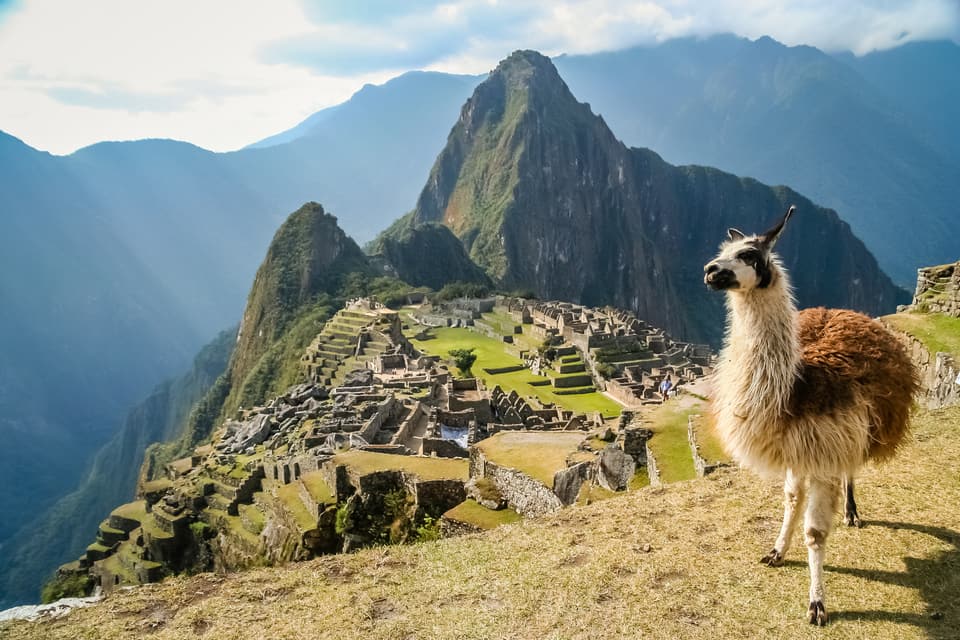
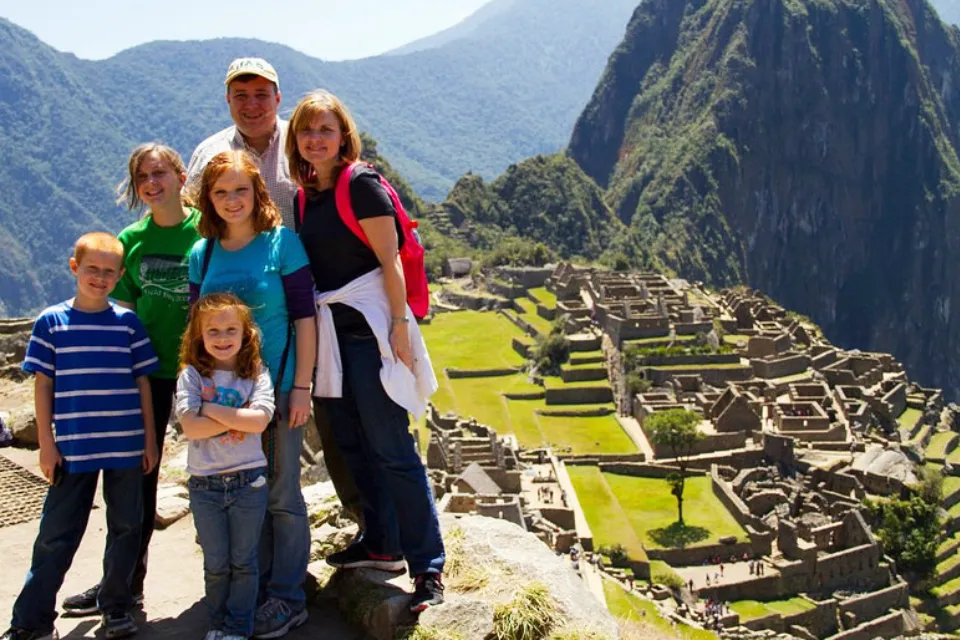
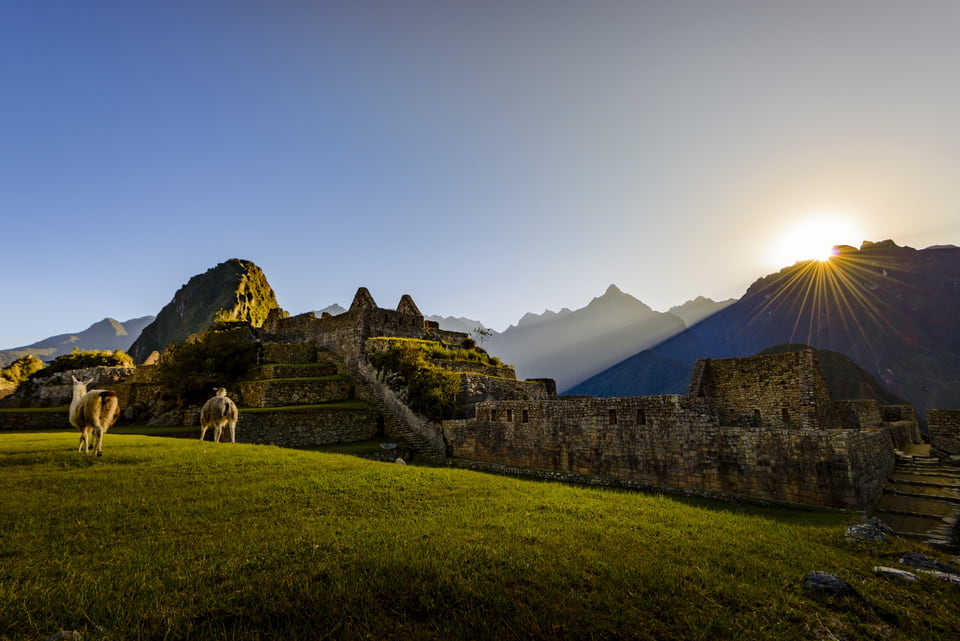

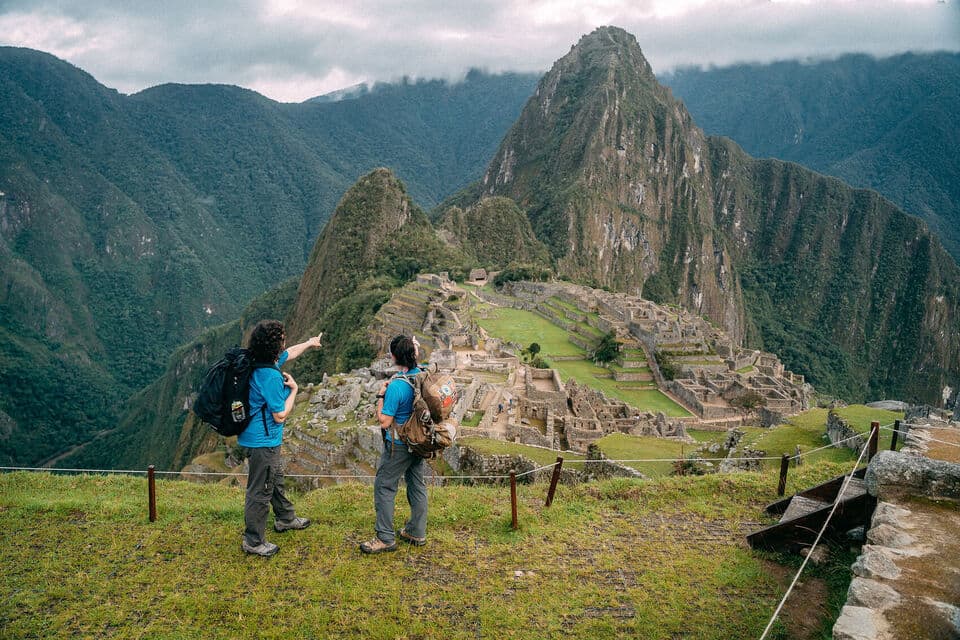
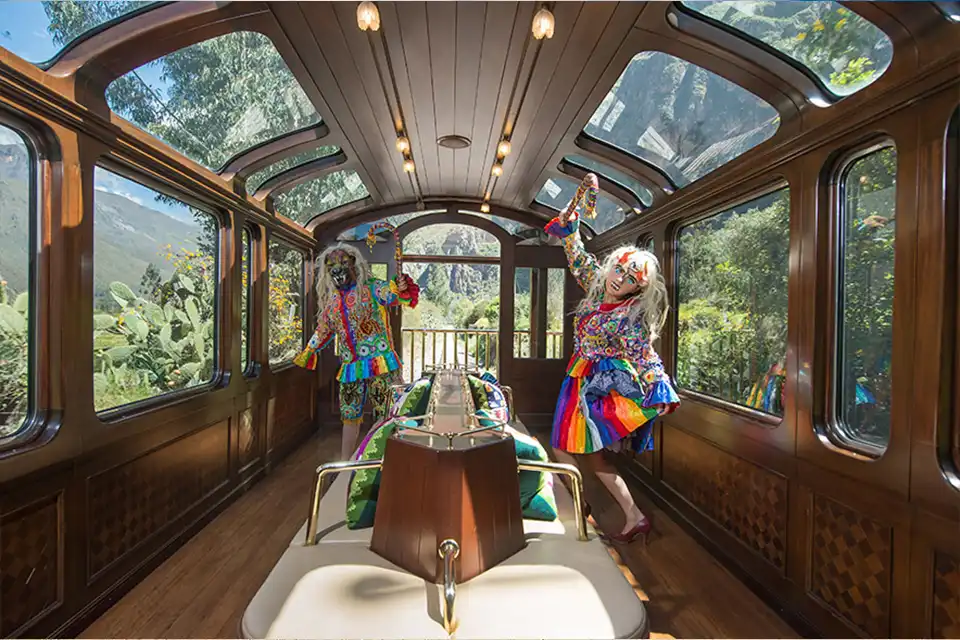
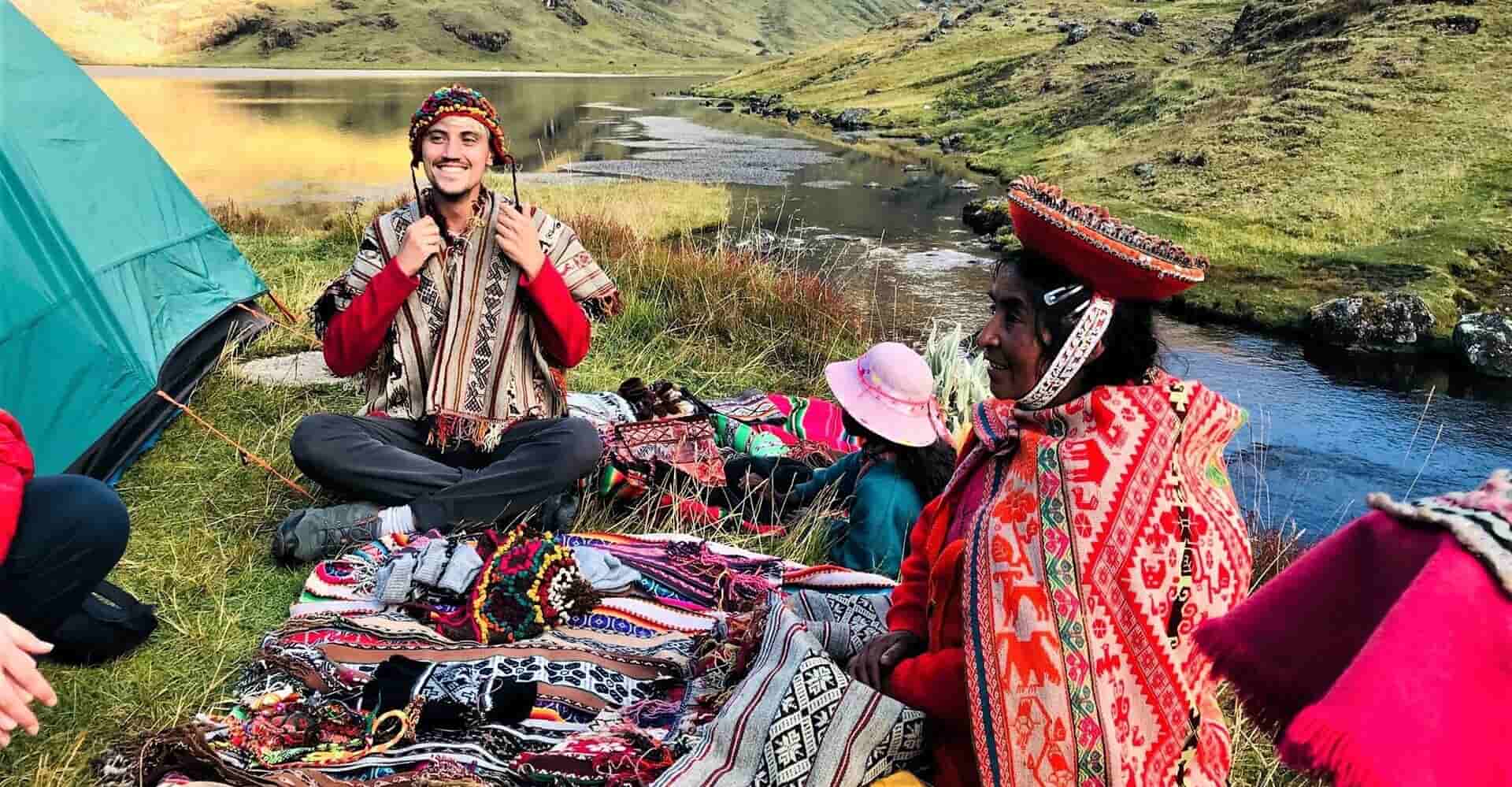
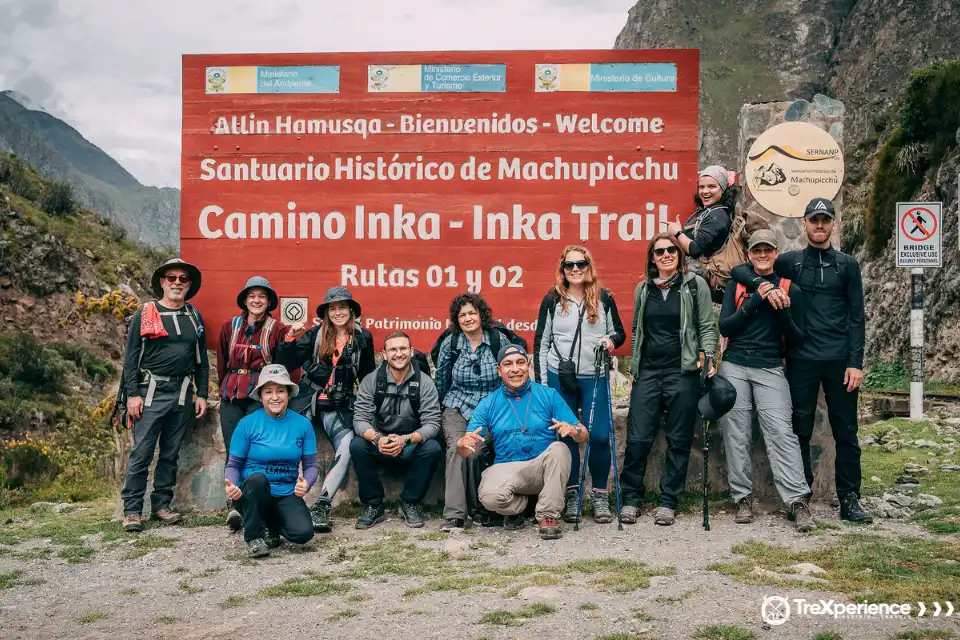
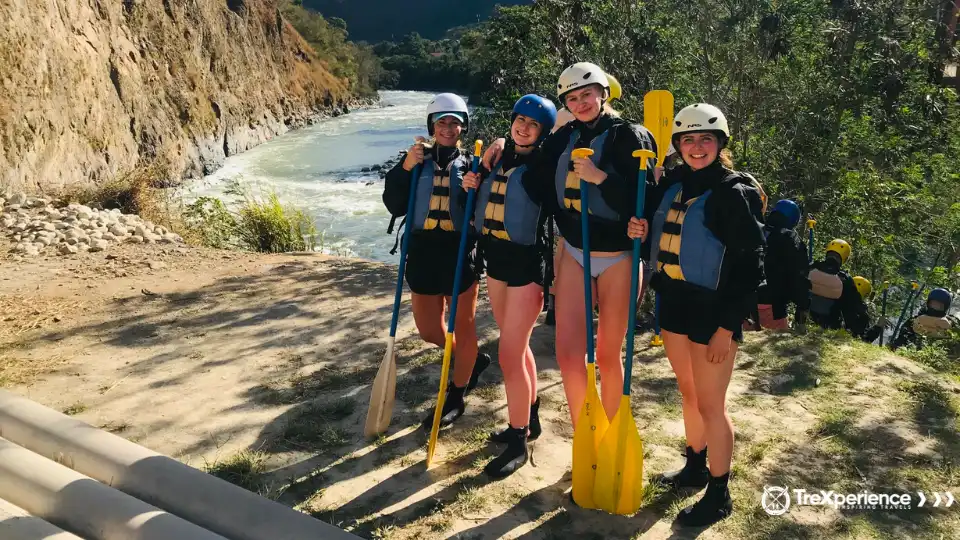
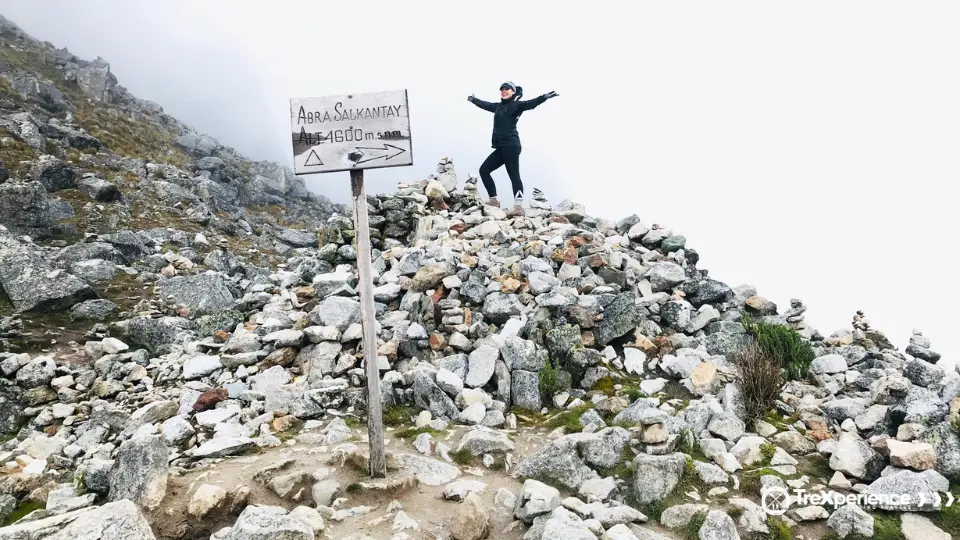
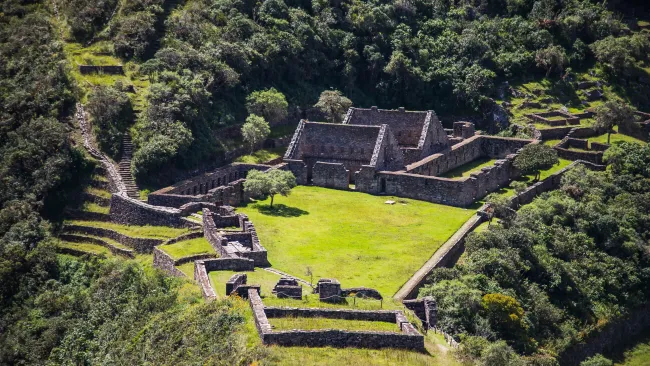

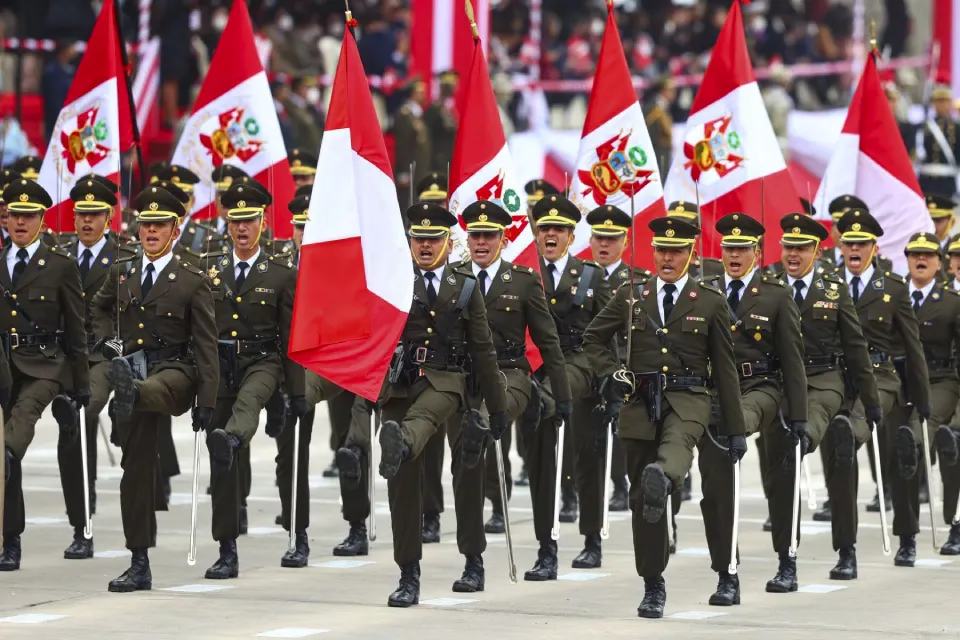
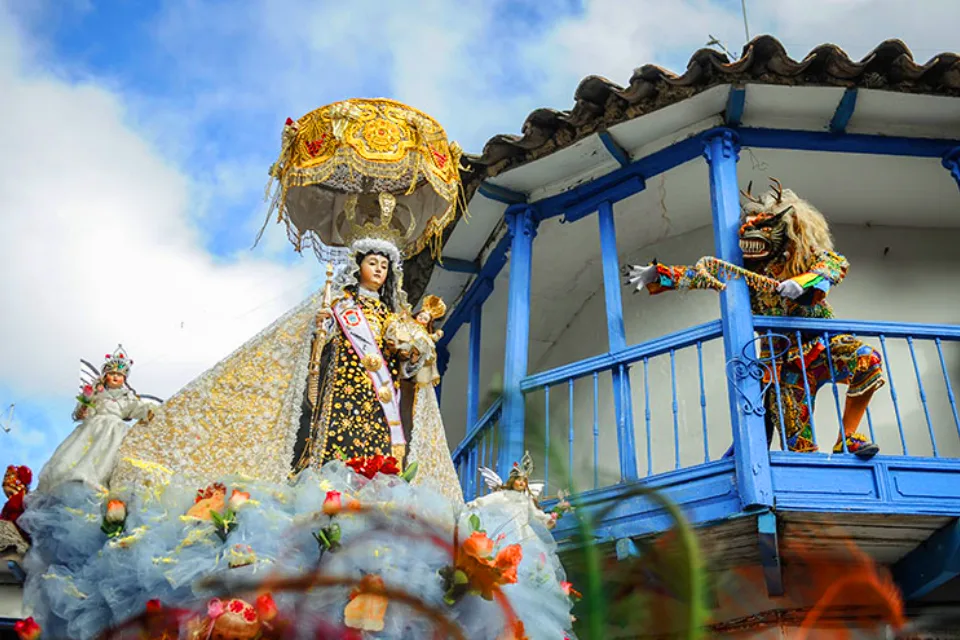
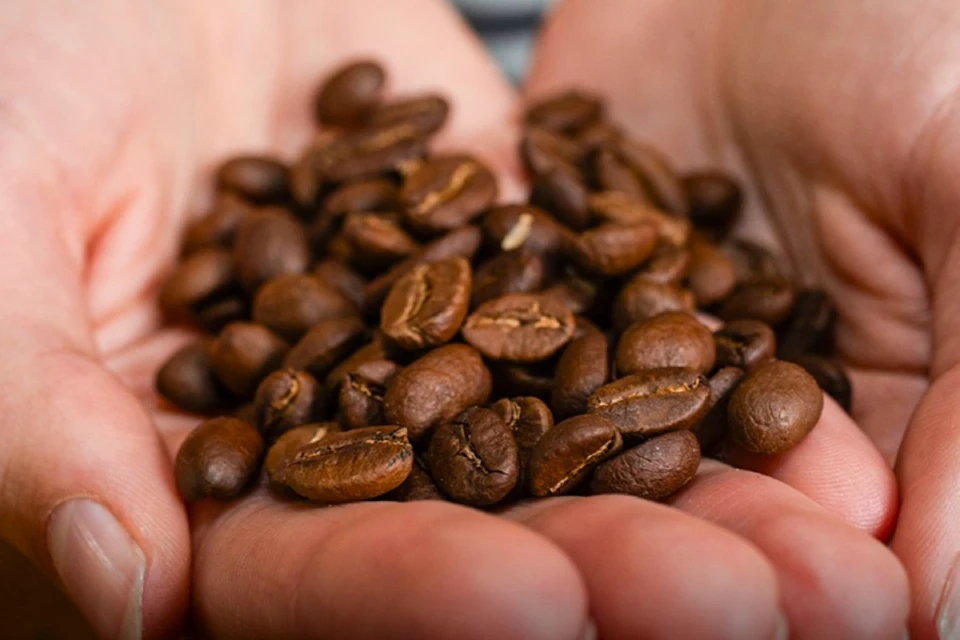
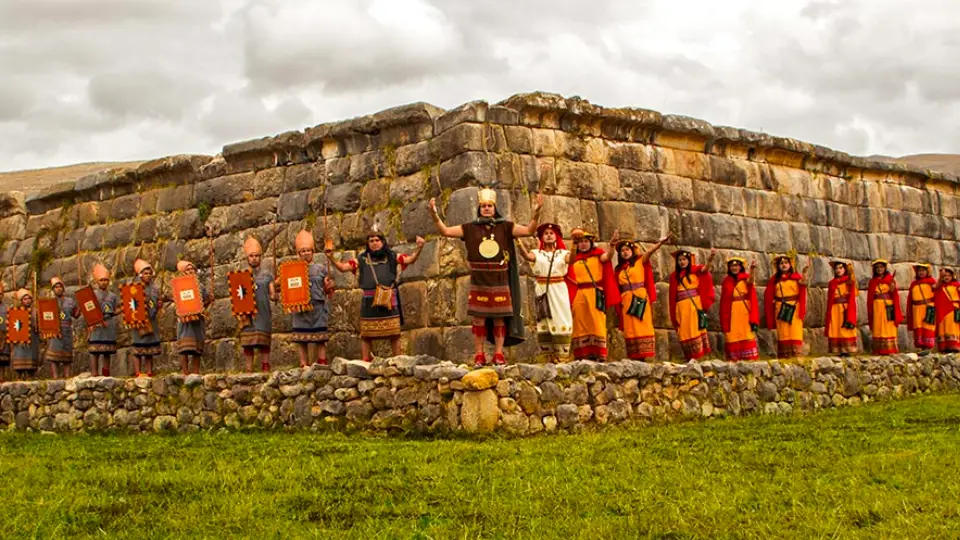
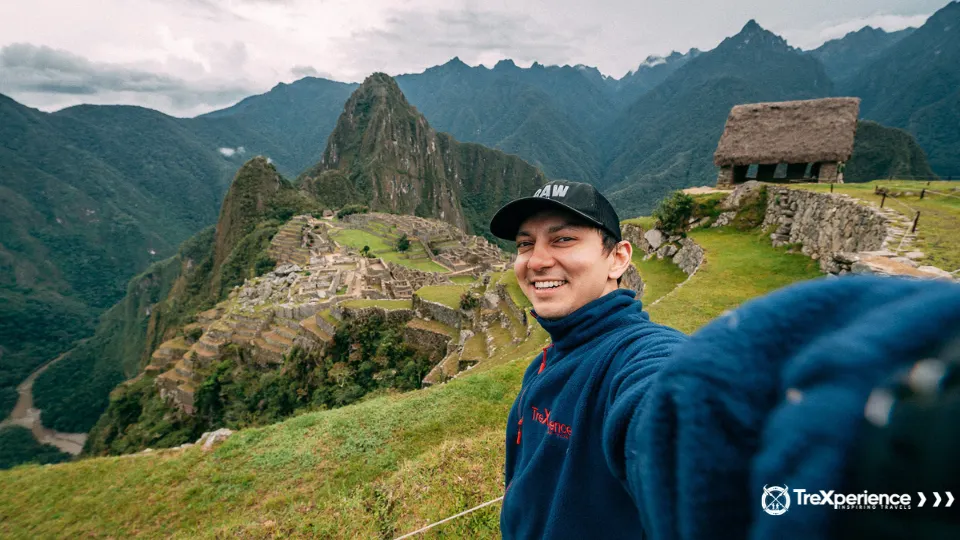
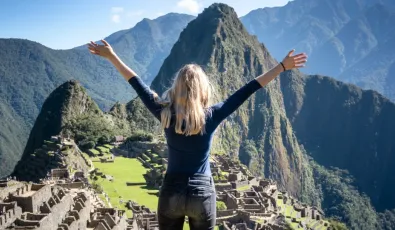
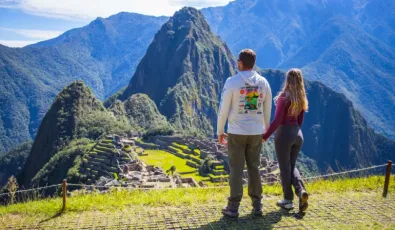
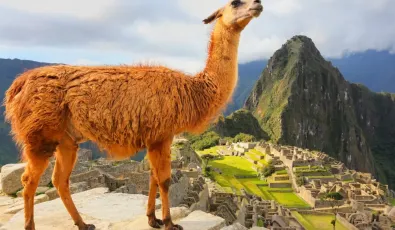
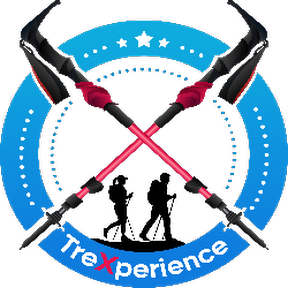
Add new comment